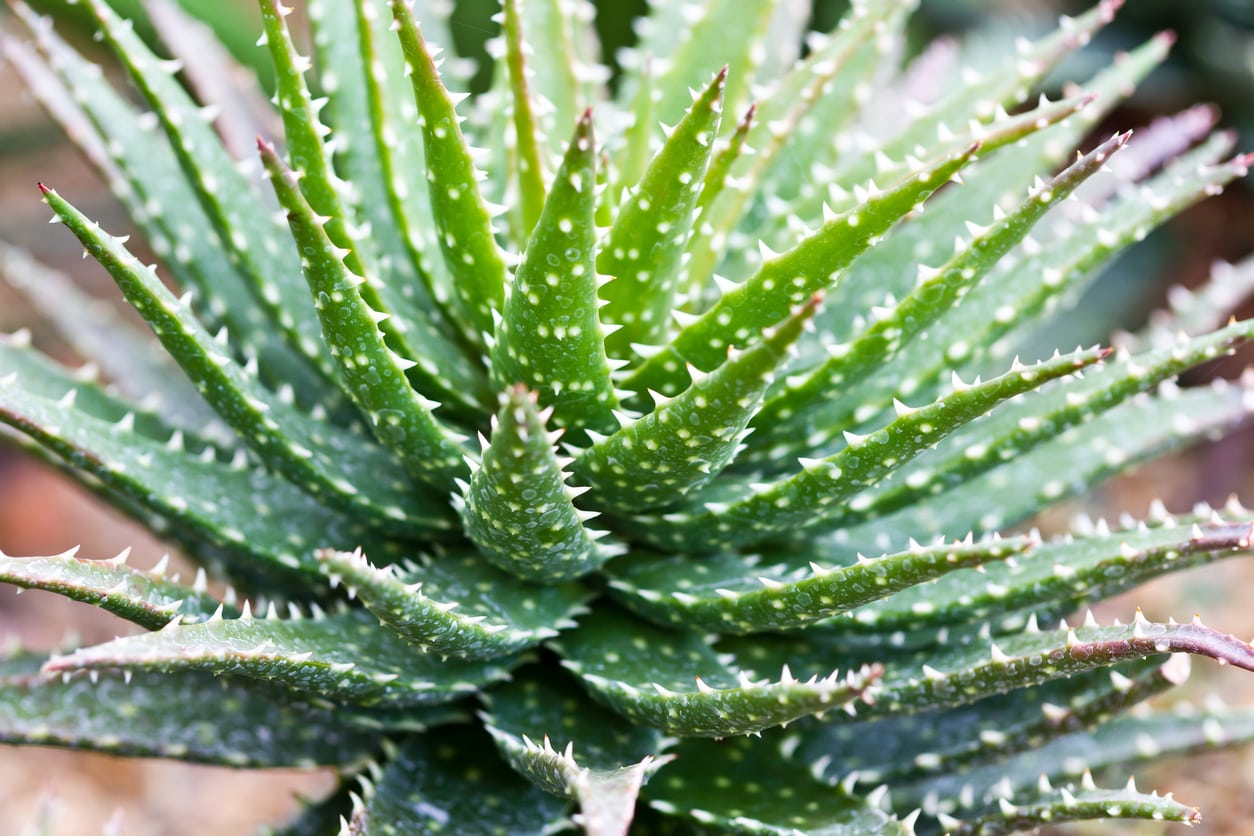What Is A Minnie Belle Aloe – Minnie Belle Succulent Care


When most people hear the name “aloe,” they immediately think of aloe vera. It’s true-- it is definitely the most popular. However, aloe is actually the name of a genus that contains over 500 different species and countless cultivars. These plants come in a wide range of colors and sizes that will suit just about any desire you have for your succulent garden. One of these many varieties is the Aloe ‘Minnie Belle.’ Keep reading to learn more about Minnie Belle aloe care.
What is a Minnie Belle Aloe?
While you might be tempted to think that the Minnie Belle aloe (also spelled Minibelle) is small, its name has nothing to do with its size. It’s actually named for the wife of Ed Hummel, who himself is named for another aloe plant from which this one is derived. In terms of height, it usually tops out at around 6 inches (15 cm.). Its leaves are relatively short and spiky. They are bright green with white spots and translucent white spikes, or teeth, along their edges. In late spring and summer, the plant produces bright to deep red bell-shaped flowers that are very attractive to hummingbirds.
Minnie Belle Aloe Care
Minnie Belle plants are relatively easy to care for, especially if you already have experience with growing aloes. They are drought tolerant and more often than not, they are killed with kindness by enthusiastic overwatering. They are tropical plants and not frost hardy, thriving outdoors in zones 9 through 11. In climates with temperatures that dip below freezing in winter, they should be grown in pots that can be brought indoors during the cold months. They like good air circulation and bright, indirect light. If grown indoors, they are ideal for window sills. Plant your Minnie Belle succulent in well-draining soil or growing medium. Mixes designed for cacti and succulents are best. Water only when soil is dry to the touch.
Gardening tips, videos, info and more delivered right to your inbox!
Sign up for the Gardening Know How newsletter today and receive a free copy of our e-book "How to Grow Delicious Tomatoes".

The only child of a horticulturist and an English teacher, Liz Baessler was destined to become a gardening editor. She has been with Gardening Know how since 2015, and a Senior Editor since 2020. She holds a BA in English from Brandeis University and an MA in English from the University of Geneva, Switzerland. After years of gardening in containers and community garden plots, she finally has a backyard of her own, which she is systematically filling with vegetables and flowers.
-
 Never Plant Seedlings Until They Pass These 3 Simple Tests
Never Plant Seedlings Until They Pass These 3 Simple TestsDon't be over-eager to transplant seedlings into the garden before they are ready. These quick and easy checks will help ensure flourishing plants.
By Mary Ellen Ellis
-
 Grow ‘Karl Rosenfield’ Peony Plants For The Ultimate Frilly Border Beauties And Cut Flowers
Grow ‘Karl Rosenfield’ Peony Plants For The Ultimate Frilly Border Beauties And Cut FlowersFor frilly double magenta peony petals infused with a heady fragrance, grow ‘Karl Rosenfield’ peony plants. Here’s how to cultivate the ultimate plushy blooms
By Tonya Barnett